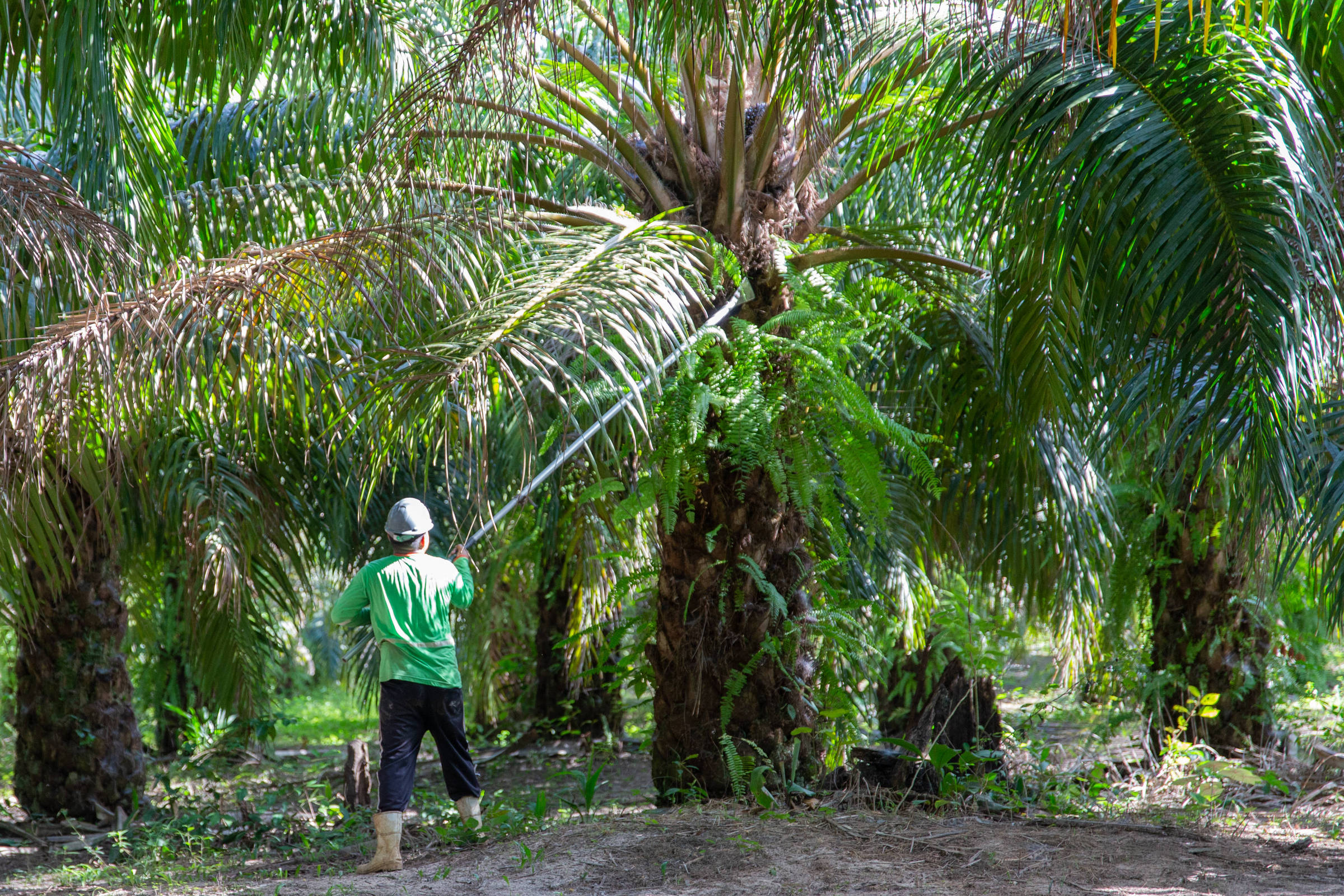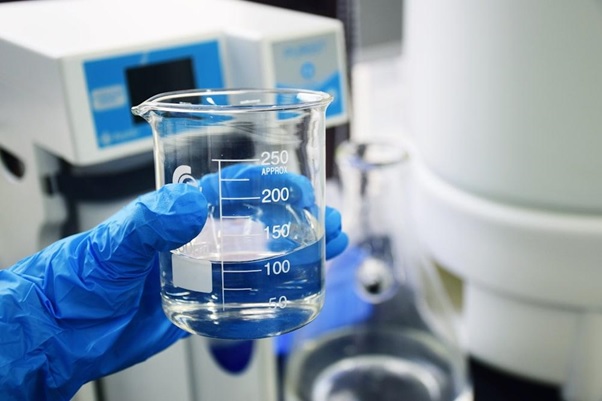Producers advance in the generation of input for biodiesel – 05/23/2023 – Market

Small and medium-sized rural producers are gaining space in the biodiesel market by directing their businesses to the manufacture of raw material for the fuel.
The new inputs are, above all, oilseeds and livestock residues, such as beef and pork fat, which, until then, went to waste and are now used as a source of energy.
Manoel Barroso da Silva, 53, from Tomé-Açu (PA), a city of 64,000 inhabitants 203 km from Belém, started planting with his family at the age of ten.
Over the years, he has maintained the family tradition of growing açaí, rice, cocoa, beans, cassava and black pepper. In 2011, however, he discovered a new and more stable source of income: palm oil, sold as raw material for the manufacture of biodiesel.
Palm kernel oil, extracted from the palm tree, is an example of the richness of the Amazon that was restricted to the beauty industry, but which, a few years ago, has also been used in the production of biodiesel.
“I started planting oil palm because I needed something that would make me money every month. Cocoa, for example, I only harvest every six months”, says Silva. “Before, I had a lot of difficulty. Sometimes I had to pay interest to a moneylender. Not from the palm tree, no. I started working with my possibilities. With the money from the palm tree, I trained my son to be a doctor.”
The farmer plants oil palm in an area of 10 hectares, half the total extension of his property. From his land, he removes manually, without the aid of machines, 14 tons per month, which earns him around R$ 10,000 a month.
“Palm planting requires special skill. Just now, I met a friend who is not managing to produce much because he doesn’t know how to treat it. The more you treat it, the more you have,” said the farmer.
The national biodiesel program was designed precisely to encourage family agricultural production, mainly in the Northeast. But, right at the beginning, soy prevailed in this market with a share of around 80% among the raw materials used.
The new sources try to replace soybean oil, produced on a large scale and dominant in this market since 2008, when the addition of renewable fuel to diesel derived from petroleum became mandatory.
Currently, soy accounts for 64% of the total, which represents a drop of 16 percentage points over the course of 15 years, and the expansion of other raw materials and the presence of new producers, according to data from the ANP (Agência Nacional do Oil, Natural Gas and Biofuels).
Castor bean producers expect soybeans to lose even more space
Director of Coopersertão, a cooperative of castor bean producers in the backlands of Bahia, Daniel Lima Silva hopes that, in the new government, soybeans will lose even more space in the sector.
Petrobras Biocombustíveis, a biodiesel producer, buys tons of castor oil from the 430 members of Coopersertão. For Silva, however, the competition with the price of soybeans still hinders the growth of the business.
“Before Pbio [subsidiária da Petrobras], the price of castor bean was very low in the market. But, when Petrobras arrived, it leveraged. The quality of life in the region has improved and we have gained technical assistance,” said Silva.
In an attempt to escape the dominance of soy, the company BBF uses oil palm planted by around 400 local families as an input. These small and medium producers supplied 37 thousand tons of palm in 2022.
“We cannot be subject to commodities such as soybeans. Brazil needs to take advantage of opportunities to create more and more planted areas and expand oil production”, stated Milton Steagall, president of the BBF.
The company’s input menu also includes a small slice of animal tallow and, next year, corn grown in Roraima will enter. The development of a new crop in the Amazon, macaúba, is still being researched, which will guarantee the production of biodiesel in 20 years’ time.
Currently, in addition to palm oil, meat fats and even edible oil used in frying in homes and restaurants, until then discarded in the trash, are transformed into biodiesel.
“There was a change in culture. When there was no biodiesel, these raw materials were worth so little that they were discarded. It was a waste to throw away products of such high value and energy sources”, says the Economics director at Abiove (Brazilian Association das Indústrias de Oils Vegetais), Daniel Amaral, adding that the prices of these inputs are lower than those of soy oil, which, in the end, generates a cheaper fuel than the one sold until then.
ANP data also show that, across the country, a mix of oils taken from agricultural waste is the fastest growing in the market and has taken the space of soybeans since 2018. Currently, this combination of oils already accounts for 15% of the total sector, second only to soy oil. In third place in the ranking of the most used inputs appears beef fat, with 10%, followed by pork fat, with 4%.
Julio Cesar Minelli, superintendent director of the Association of Biofuel Producers of Brazil (Aprobio), believes that the use of bovine fat on a large scale in the production of biodiesel is the result of innovation and process development.
“A firm and growing demand allowed the ‘animal recycling’ industry to carry out the necessary investments to expand production capacity”, he said.
Last year, cooking oil was used in a record volume of 148 million liters, which represented a 30% growth compared to 2021. Considering only the Southeast region of the country, the presence of the input reached 21 % of the total used as an input for biodiesel, as calculated by Aprobio, based on data from the regulatory agency.



:strip_icc()/s02.video.glbimg.com/x720/12519489.jpg)


:strip_icc()/i.s3.glbimg.com/v1/AUTH_59edd422c0c84a879bd37670ae4f538a/internal_photos/bs/2023/8/9/eVBIWGRCmGr5WQ7HufAA/pexels-pixabay-164661.jpg)



